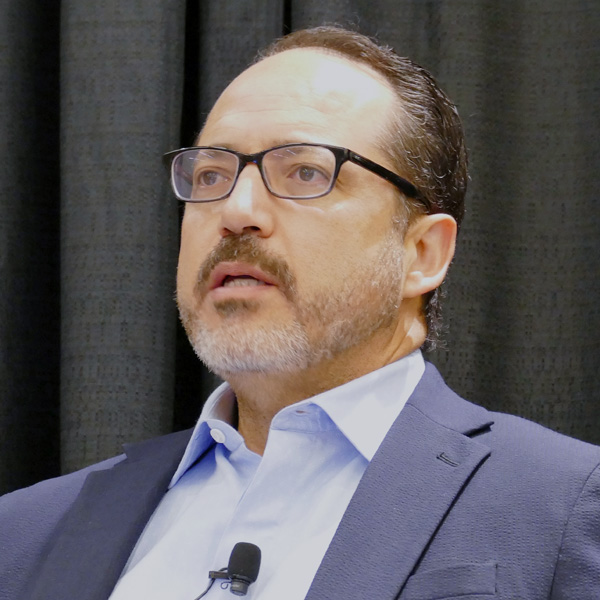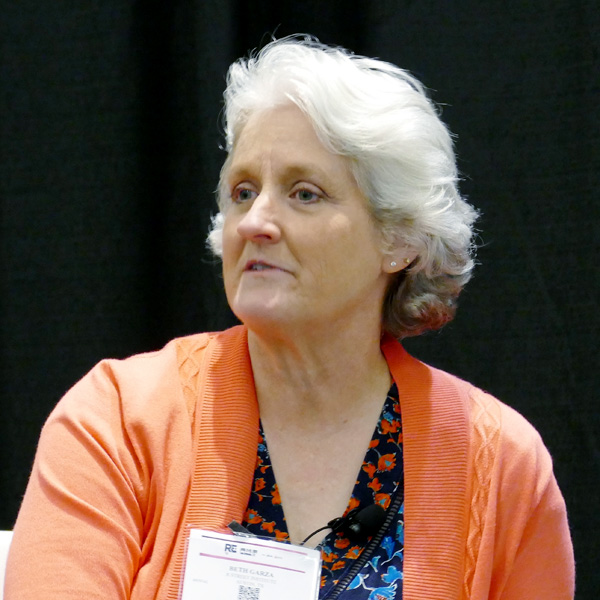New Jersey on Thursday announced grants of $7.6 million to fund local government purchases of electric trucks, ambulances and other vehicles in an effort to cut transportation emissions and promote municipal electric vehicle use in a strategy that officials also hope will influence private buyers to go electric.
The New Jersey Department of Environmental Protection (DEP) said $6.6 million, a tranche received from the state’s participation in the Regional Greenhouse Gas Initiative, would pay for the purchase of electric garbage and refuse trucks, two ambulances, dump trucks and a rear loader truck, along with charging stations for some of the vehicles. A $600,000 grant would go to help Jersey City, the state’s second largest city, develop an e-mobility program that will reduce vehicle miles traveled through an electric car-sharing program.
The announcement, timed to coincide with Earth Day, came the same day that Paterson, the state’s third largest city, announced its purchase of 38 EVs for use by fire, housing and health inspectors and the city’s Department of Public Works. The $210,000 grant to help Paterson purchase a fleet of Nissan Leafs was the largest award in a fund of $1 million awarded by the New Jersey Board of Public Utilities (BPU) to 16 municipalities under the Clean Fleet Program, which is designed to support EV purchase by local governments. The remainder of the awards range from $37,500 to $40,000.
Gov. Phil Murphy has set a target of putting 330,000 EVs on state roads by 2025. The state had 64,000 light-duty EVs in December, up from 48,000 in June and 41,000 in December 2020, the BPU said.
DEP Commissioner Shawn LaTourette said the $6.6 million award “will enable us to confront environmental challenges head on.”
“The range of vehicles to be purchased with this latest investment will also demonstrate a broad suite of successful electric vehicle applications,” he said.
Cathleen Lewis, e-mobility program manager for the BPU, said the sizable increase in the uptake of EVs over the last six months, which followed the state’s implementation of programs designed to motivate private citizens to purchase EVs and chargers, suggests that the state is making progress toward the 2025 goal.
That shift should be further helped by the funding of municipal vehicle purchases, Lewis said. Government purchases can set an example that will help private citizens overcome concerns such as range anxiety.
“When people see things going on to municipality, they take notice,” she said. “The more that residents see EVs in use, the more confident they are that they are going to be able to use them. [They think], ‘if the town can use it and drive around in it all day, then me going back and forth to my office is not an issue; I clearly can find places to charge.’”
Cutting Idling Emissions
Transportation accounts for about 40% of New Jersey’s emissions. The state in July launched the second year of a program that awarded up to $5,000 to help purchase an EV, but heavy demand exhausted the $30 million in available funds for the incentives in two months. (See NJ Proposes Cutting EV Incentives Amid Big Demand.)
The state has also taken a series of initiatives aimed at increasing the development of charging stations around the state, including reducing the requirements for approval and awarding incentives to help develop stations. The state approved the Clean Fleet Program in August. (See NJ Backs EV Incentive Program for Local Government.)
Paterson, which was founded in 1792 by Alexander Hamilton as the first planned industrial center in the U.S., celebrated the purchase of its EVs by parking three of the vehicles in front of City Hall, presenting a contrast between the vehicle’s status as a harbinger of the state’s potential clean energy future and the state’s historic industrial past.
The new EVs cost $22,920 each through the state’s bulk purchasing system, with BPU funds paying about $6,000 of that, said Fire Chief Brian McDermott, who oversaw the purchase. The vehicles do about 150 miles on a single charge and are a good fit with the demands of the inspectors in a city that is only 8.4 square miles in size.
The inspectors only drive about 30 miles a day but spend a lot of time in the vehicle idling and — if the vehicle is gas-powered — generating carbon emissions, McDermott said. In about eight weeks, the EVs will begin replacing the inspectors’ current vehicles, which include models such as Jeep Liberty, Chevrolet Caprice and Ford Escape, he said.
“For most inspectors, their vehicles are their office,” he said. “So, what do they do when they’re sitting there, on a street corner in between inspections? They leave the car on. They’re looking at their papers. They’ll have their iPad. They’ll do an inspection, then they’ll [sit idling and] prepare for the next inspection.”
He said the city expects each car to be recharged once a week, mostly in off-peak hours to reduce the cost of the electricity used. So far, there are no chargers anywhere in Paterson, he said. But the city expects soon to install them at a firehouse, in the health department building and in the parking authority, he said.
The chargers will be a mix of Level 3 chargers, which can recharge the vehicles in about 45 minutes, and Level 2 chargers, which can recharge them in eight hours, he said. But given the low weekly mileage done by inspectors, he said he expects the cars will often be brought back to full charge in half that time.



